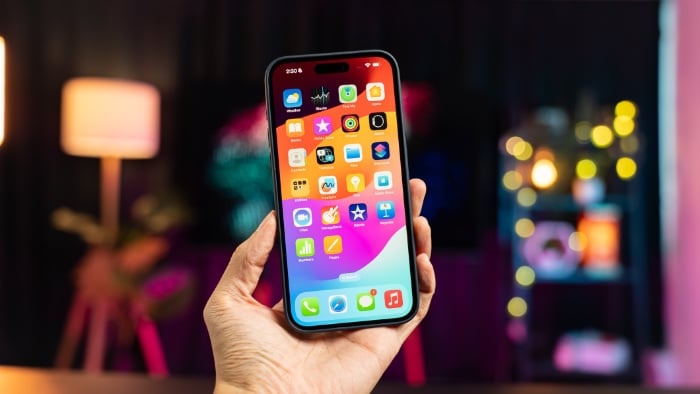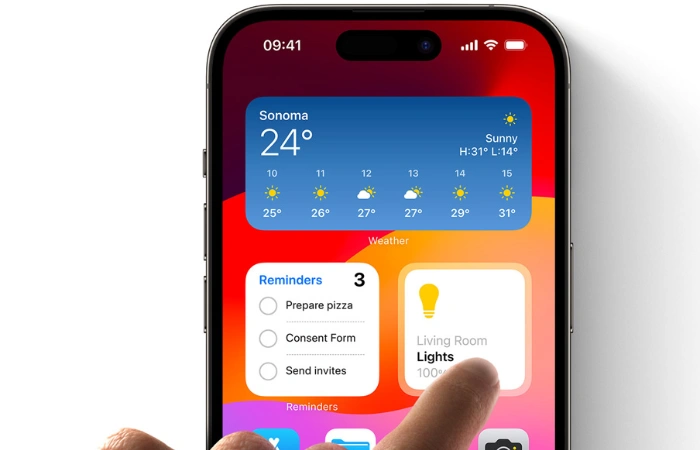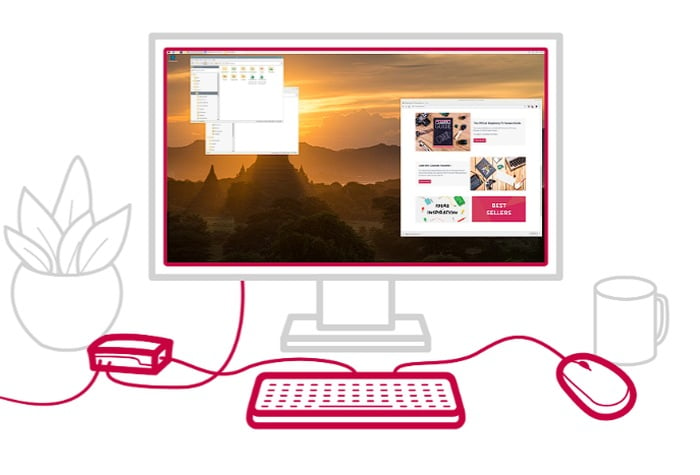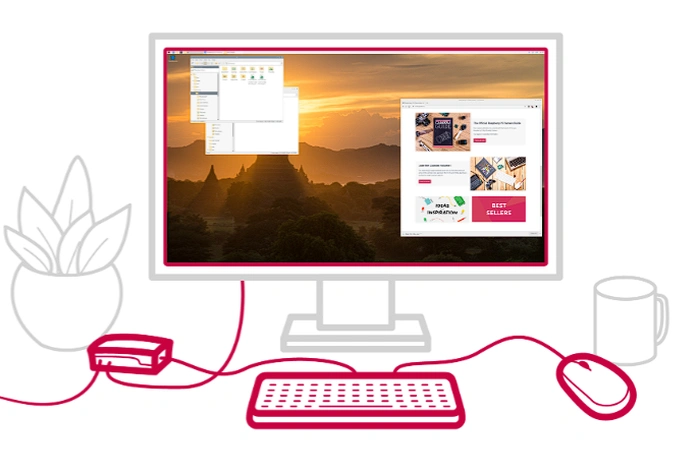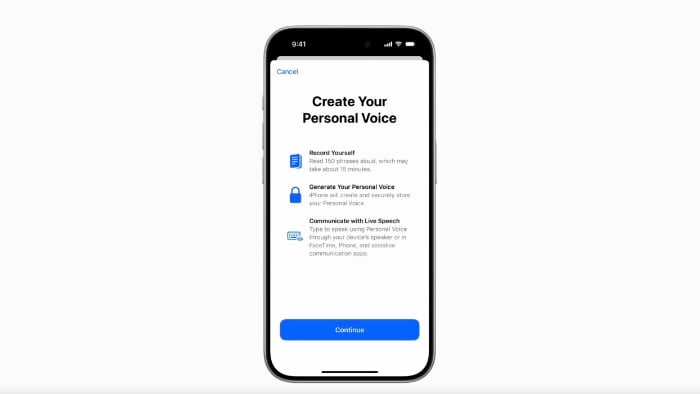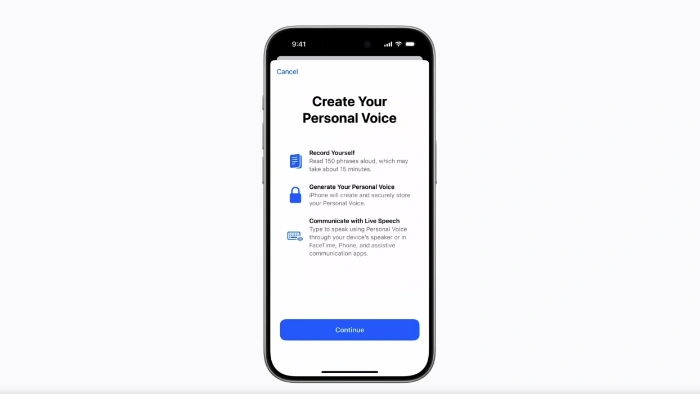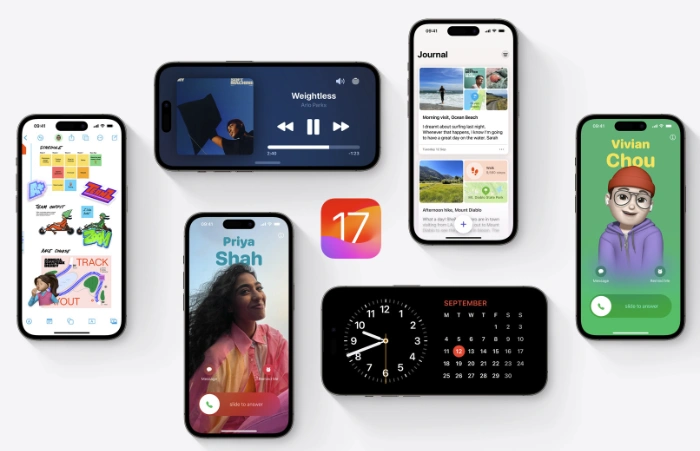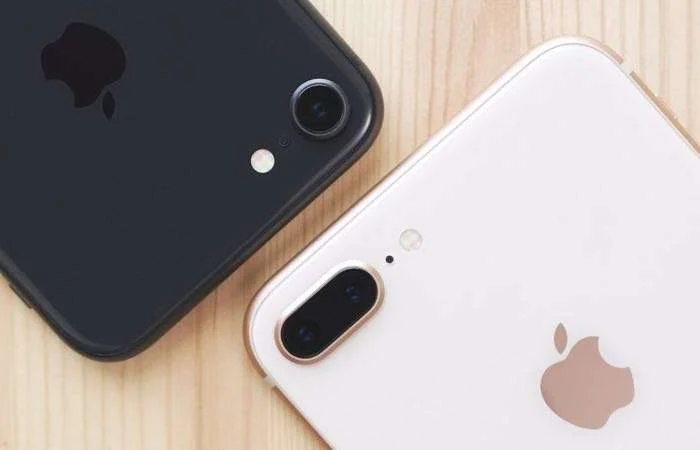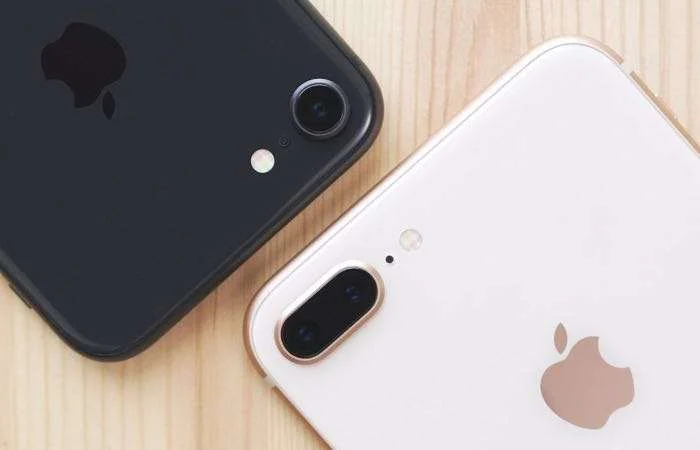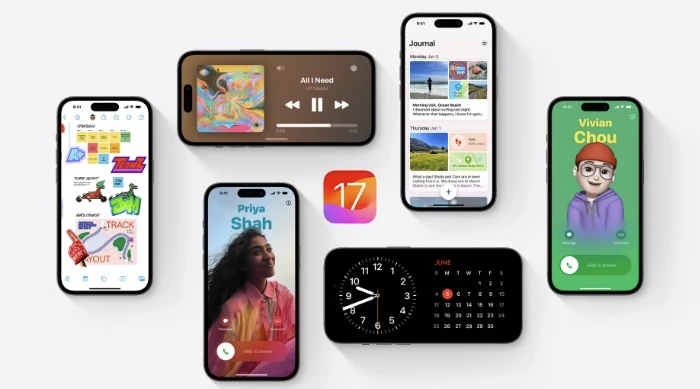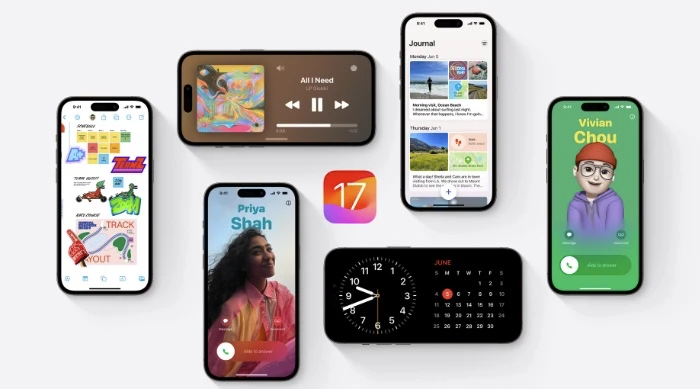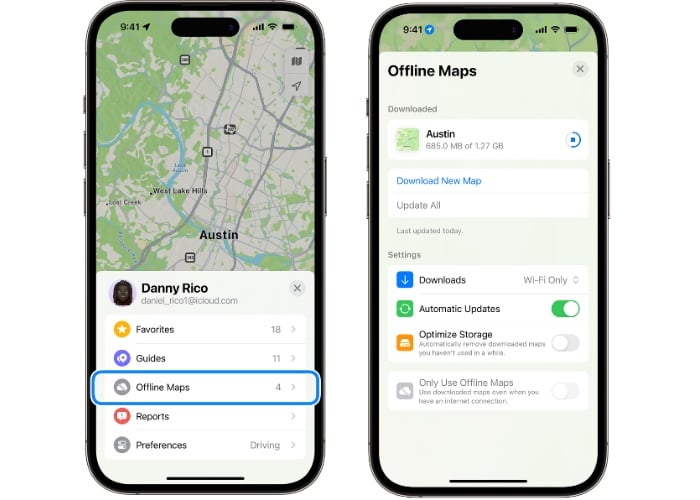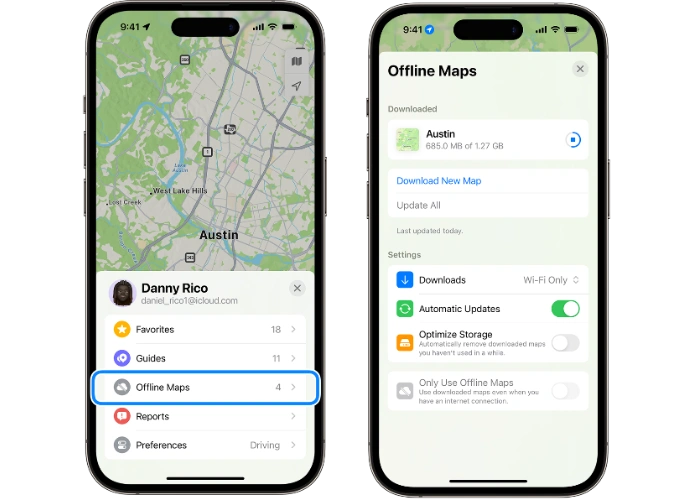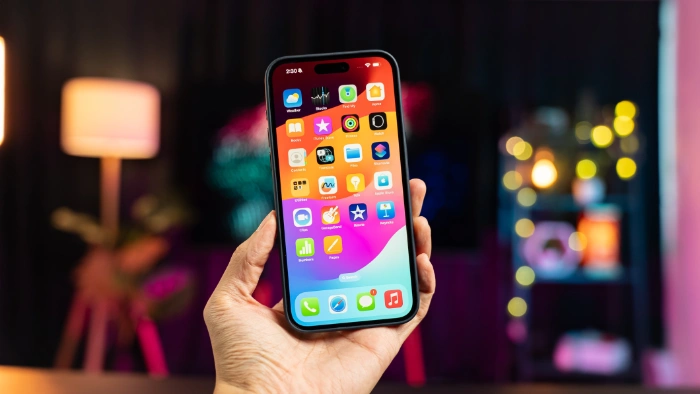
Apple has released iOS 17.1 Release Candidate to developers, this new beta was released a week after the previous version, and assuming there are no issues with the release candidate then this should be the final version that is released to everyone.
A Release Candidate” (RC) is a stage in the software development process that follows beta testing. It represents a version of the software that is considered nearly ready for public release, with most critical bugs already addressed. The RC is provided to testers to verify its stability and functionality. If no significant issues are identified, the RC can transition to the final, official release; otherwise, any discovered problems are rectified, and a new RC may be issued for further testing.
As well as releasing this new Release Candidate to developers, Apple has also released the software to public beta testers at the same time. The final version of iOS 17.1 is expected to be released next week.
The iOS 17.1 Beta 2 release introduces changes to AirDrop, now supporting transfers over both WiFi and Cellular connections. This means users no longer need to be nearby to complete transfers. Additionally, Apple has enabled the NameDrop feature to work between the iPhone and Apple Watch. Apple Music has also seen updates, allowing users to label songs, playlists, and other content as favorites.
We are expecting Apple to release their iOS 17.1 software update next Tuesday the 24th of October, we recently heard a rumor that this would be the release date for the software and it now looks like this date is correct. We can expect a range of other updates at the same time including iPadOS 17.1 watchOS 10.1, tvOS 17.1, and macOS Sonoma 14.1.
Source Apple
Image Credit: Amanz
Filed Under: Apple, Apple iPhone, Top News
Latest timeswonderful Deals
Disclosure: Some of our articles include affiliate links. If you buy something through one of these links, timeswonderful may earn an affiliate commission. Learn about our Disclosure Policy.

